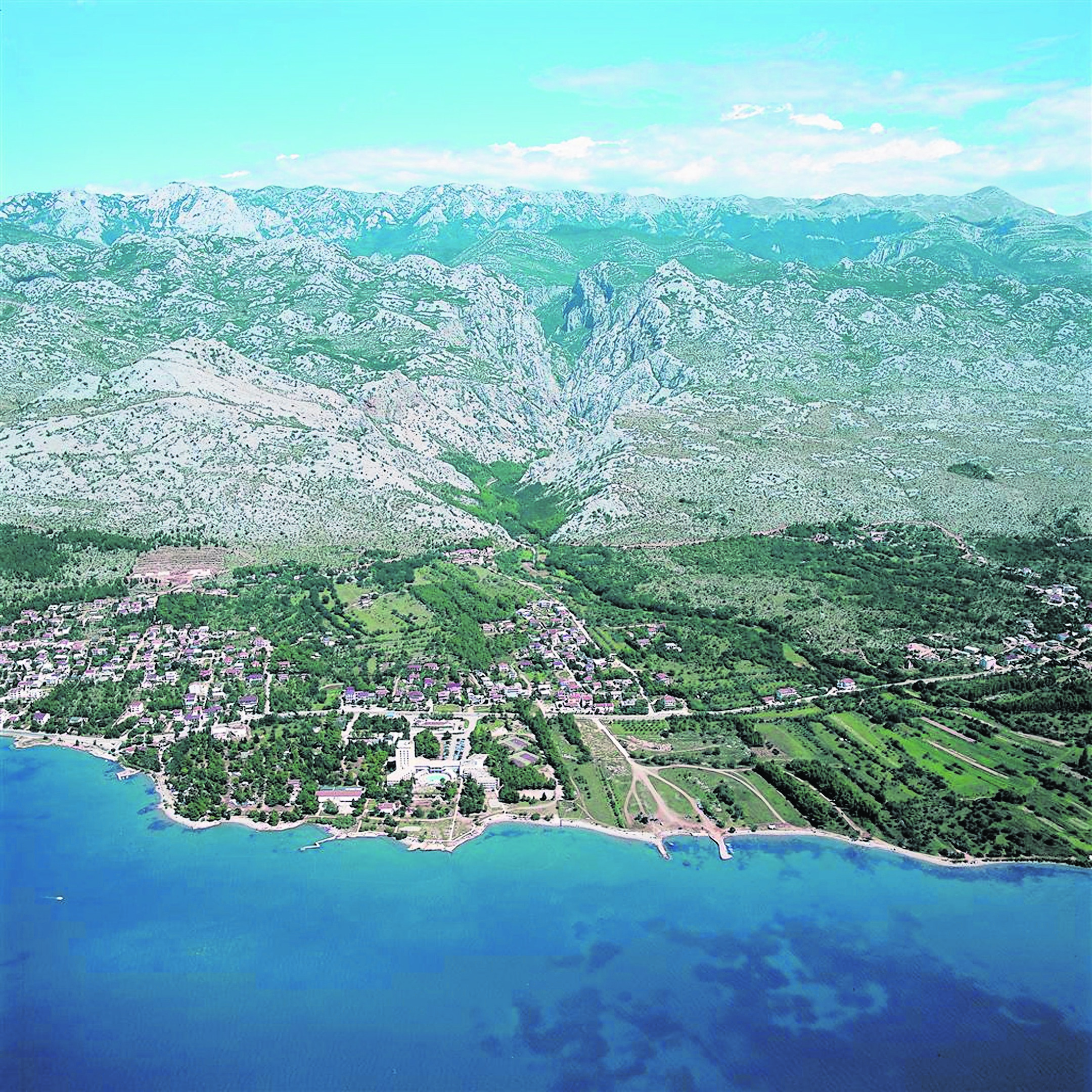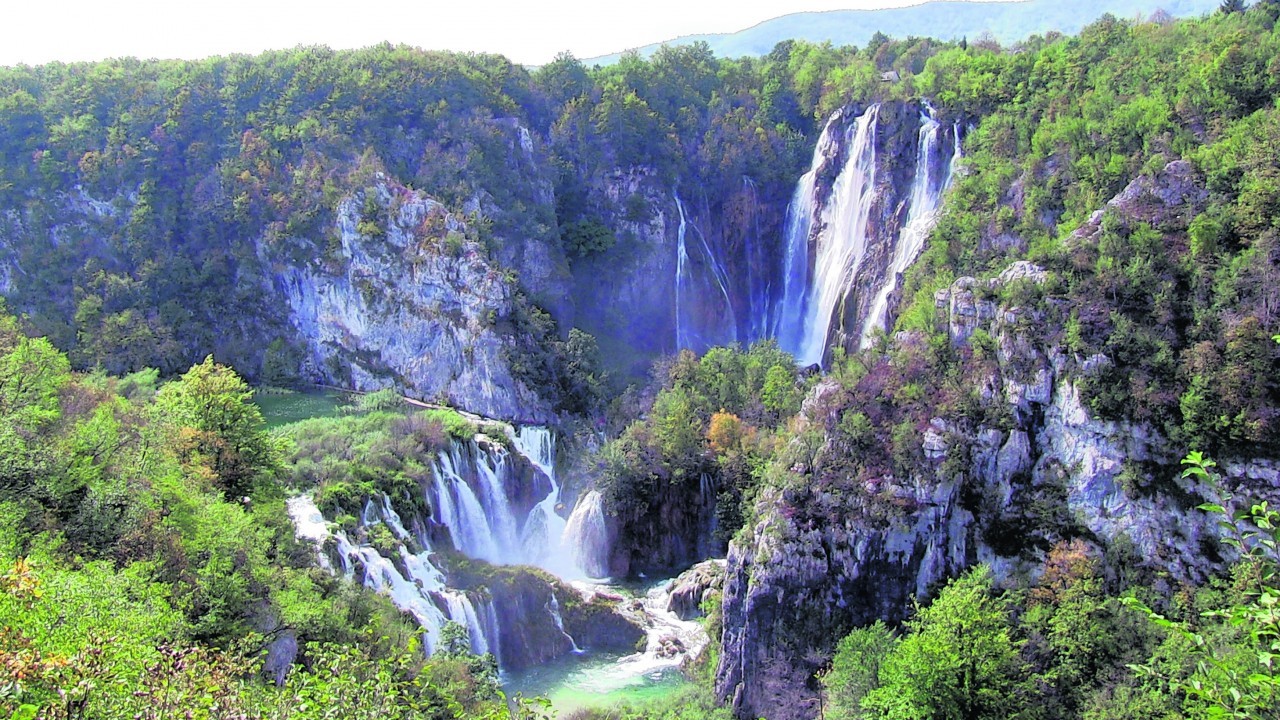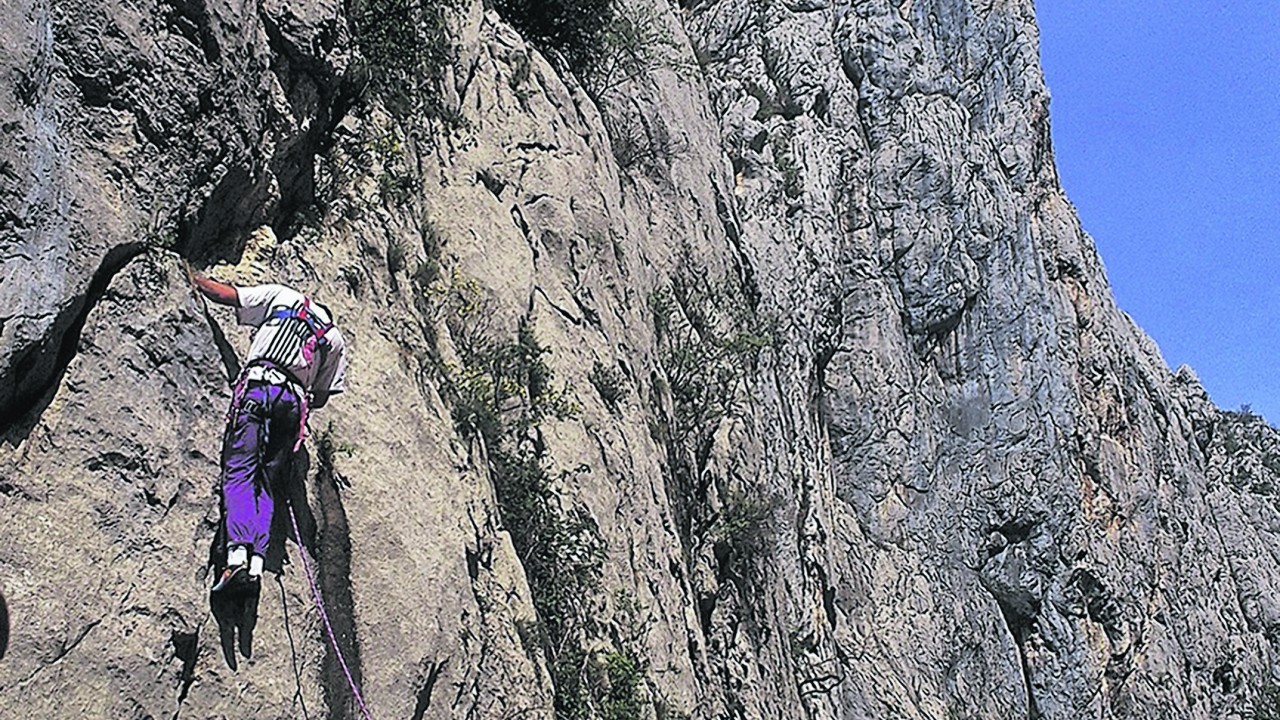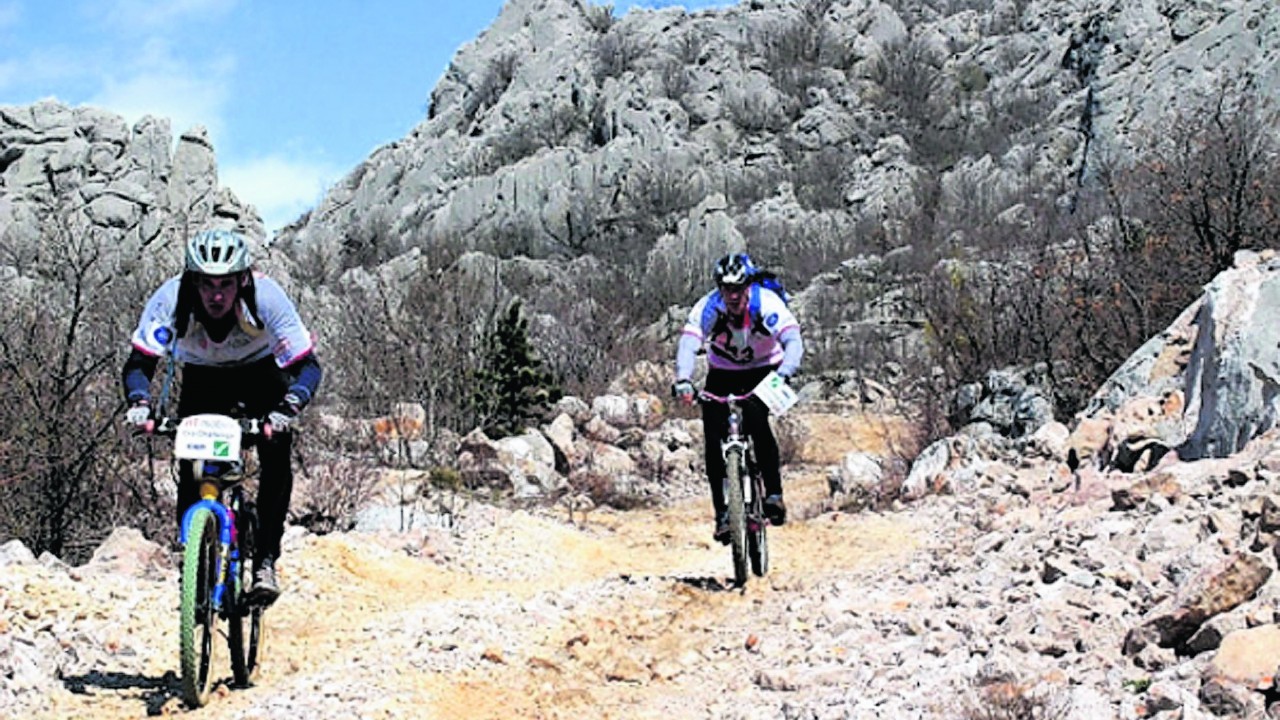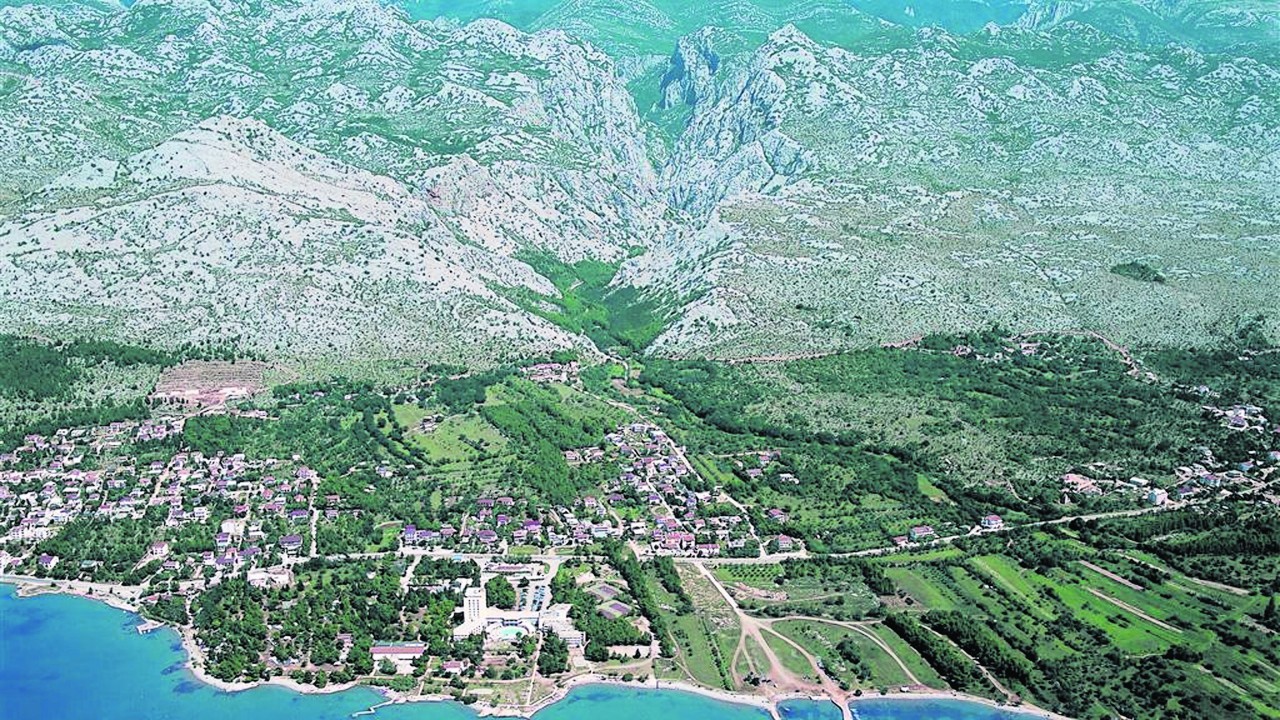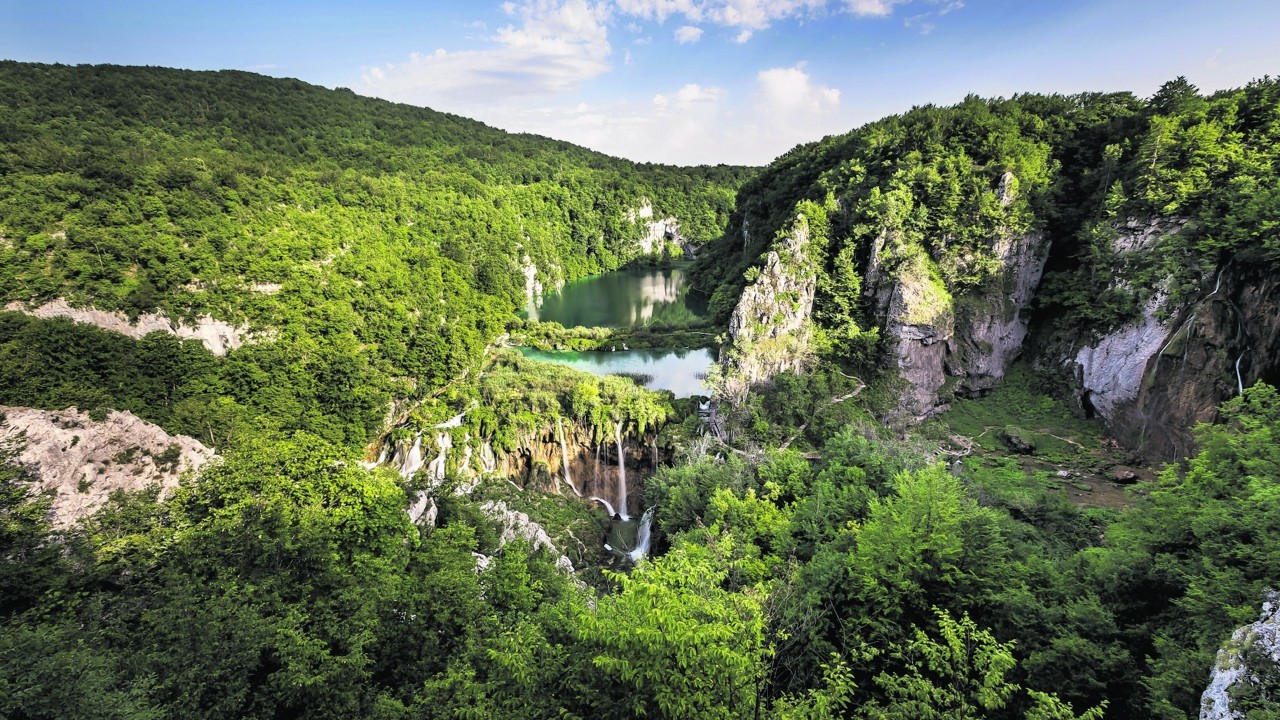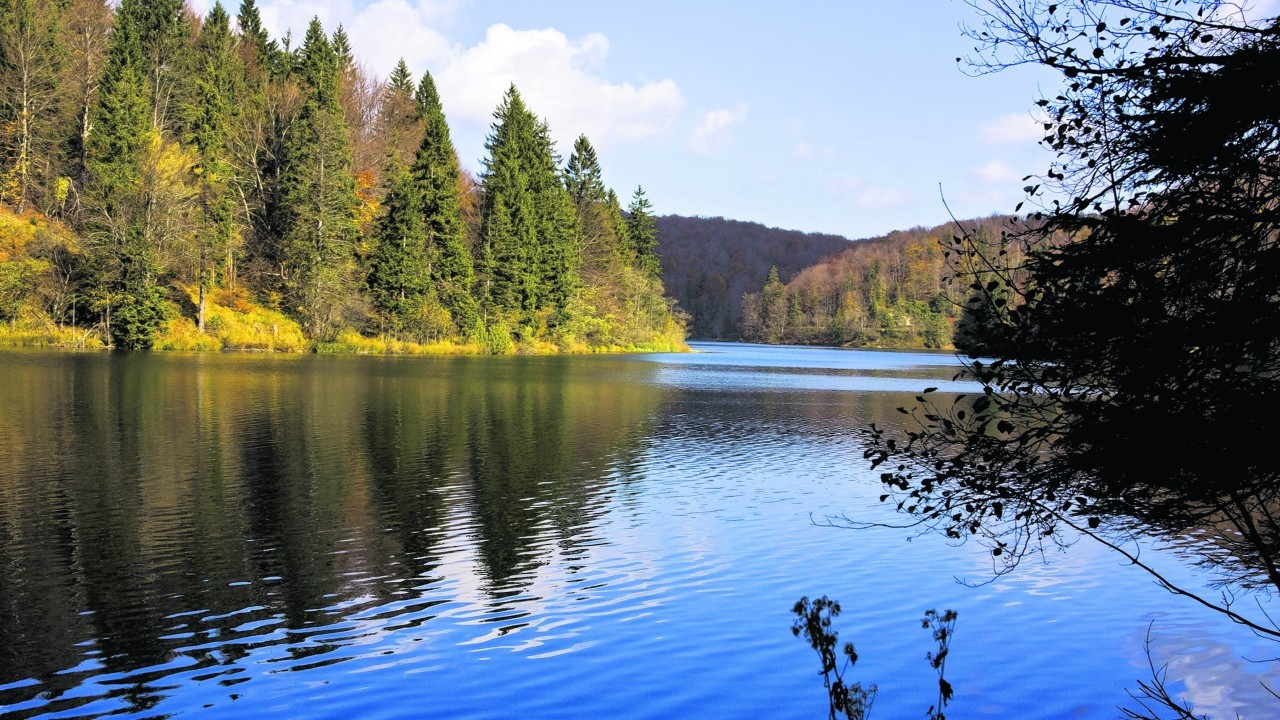“I’ve been coming here every day for more than seven years and I never get tired of the view,” says my guide Ana.
The anticipation now building, I push my way through the hordes of tourists and make my way along the rickety wooden walkways which meander around the waterfalls at Plitvice Lakes National Park.
Ana is right – the view doesn’t disappoint.
I can feel the brute strength of the current underneath my feet and the mist on my face as the water thunders away at my side. It’s a scary feeling considering just a few planks of wood are protecting me from this tremendous force of nature.
Natural wonders such as the waterfalls at Plitvice are in abundance, once visitors head inland towards the heart of the country.
Croatia has become one of the most popular European destinations in recent years, thanks to a proliferation of two-hour flights from the UK, but the majority of tourists are party lovers and sun-seekers, heading to the many islands that string the coastline.
Yet there’s plenty for nature lovers to discover once they head inland towards the heart of the country, where the glorious Plitvice and Paklenica parks are located.
The largest and oldest national park in Croatia, Plitvice, which received the honour of being added to the UNESCO list of World Natural Heritage sites in 1979, consists of 16 lakes and numerous cascading waterfalls.
Sitting down for lunch by the lakeside is a magical moment – it’s probably one of the most scenic spots I’ve ever had a sandwich and chips.
Surrounded by forests of beech and fir trees, this park, accessed by paths and trails, as well as an electric boat across the biggest lake, Kozjak, is a natural treasure and home to more than 1,250 different species of plants, wolves, lynxes, wild boar and wild cats.
Ana tells me brown bears also live here, although luckily we didn’t meet one.
About an hour’s drive from Plitvice is Paklenica National Park.
With the Velika (Big) and Mala (Small) Paklenica gorges incised into the southern slopes of the Velebit mountains, Paklenica is more suited to active types.
Rock climbers of varying ages show off their strength as they take on the Anica Kuk wall, an almost vertical limestone rock face.
I’m surprised to see that some even have young children with them on ropes. With over 400 marked climbing routes of different levels and strengths, budding beginners to experienced scramblers will find it a worthy test.
For those who, like me, find climbing a challenge, other active options include hiking, trail running, rafting and canoeing on the Zrmanja river.
Alternatively, if sport really isn’t your bag, there are photo safari tours, where 4WD vehicles transport budding photographers through the wild terrains.
This is my first visit to Croatia, and I’ve already fallen in love with the country, the friendly people, their customs and the culture.
“Everybody likes to tell you their story and ask you about yours,” my driver Mario tells me.
True enough, every person I meet happily opens up about their life – even the Mayor of Ozalj who takes time out from her busy schedule to join me for a day.
No subject is off-limits, and they are even willing to speak about the impact of the war with Serbia.
It may be 20 years since the Croat War of Independence ended in 1995, after four years of fighting, but the wounds are still visible.
Empty houses with bullet holes in walls and bombed roofs can still be found on the outskirts of Karlovac. Families have since moved into newer neighbouring buildings, but they don’t intend to forget the past, Mario tells me.
“We never want to forget. The scars are still visible and we are proud of the wounds.”
Not all views here are as inspiring as those encountered in the beautiful national parks, but they are all unforgettable.
- Shereen Low was a guest of the Croatian Tourism Board. She stayed at Hotel Korana Srakovcic in Karlovac (www.hotelkorana.hr), where a double room for two people, including breakfast, is priced at £90 per room per night.
- Plitvice Lakes National Park is open all year round. Paklenica is also open all year round. The entrance fee between now and September is priced at 50 Kunas (£4.80), with other months costing 40 Kunas (£3.85).
- British Airways, Croatia Airlines and Easyjet all fly to Croatia daily.
- For more information about Croatia, visit croatia.hr/en-GB
